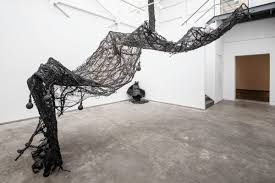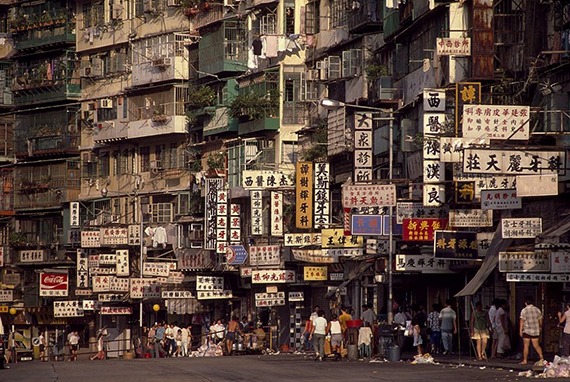
Menu

In the aftermath of World War II, Germany faced not only physical and political devastation but also a moral and cultural reckoning. Art became a critical tool for confronting the horrors of the past, grappling with guilt, and rebuilding national identity. German artists turned inward, using creative expression to reflect on trauma, memory, and accountability.
One of the most prominent post-war artists was Anselm Kiefer, whose monumental works deal directly with Germany’s Nazi history and the burden of collective memory. Using materials like ash, straw, and lead, Kiefer’s textured canvases are haunting and raw, embodying the scars of a wounded nation.
Art also served as a space of resistance. The post-war generation rejected the propaganda and realism of the Nazi era, embracing abstraction, performance, and conceptual art. Joseph Beuys, a key figure in the post-war avant-garde, used art as a platform for social change. His belief that “everyone is an artist” underscored his political performances and installations, which aimed to heal and transform society.
Divided Germany also shaped artistic production. In West Germany, artists had access to international influences and a free-market system. In contrast, East German art was controlled by state ideologies and often confined to Socialist Realism. Despite censorship, many East German artists subtly critiqued the regime through symbolism and metaphor.
By the 1980s, German art re-emerged on the global stage with the Neo-Expressionists, whose bold, emotional styles echoed the pre-war Expressionist movement. Figures like Georg Baselitz and Jörg Immendorff revisited themes of identity and history with raw intensity.
Post-war German art, in all its forms, remains a powerful chronicle of a nation’s effort to remember, repair, and redefine itself. Through visual expression, Germany continues to confront its past and imagine new futures.



